Dust Collector Maintenance: The Worst Horror Stories
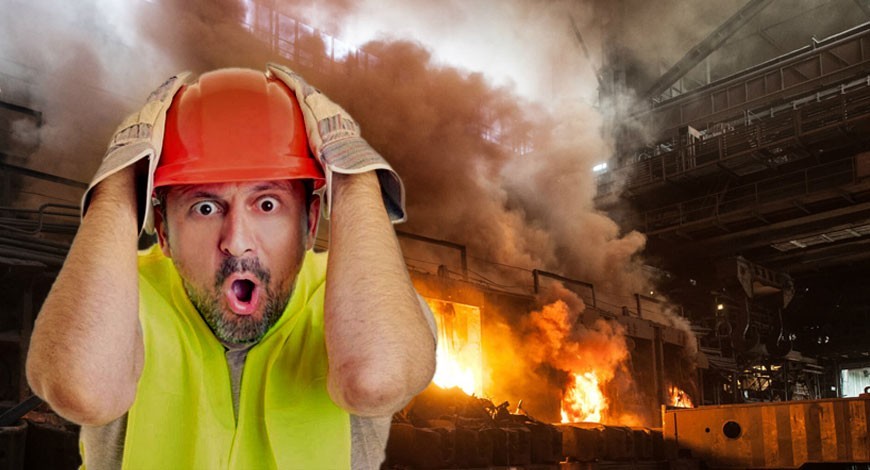
At Halloween, many parents carefully inspect their little monsters’ bag of candy before letting them enjoy their haul. And that’s excellent: prevention is in order. This advice also applies to maintaining your dust collector. We previously told you about best practices to adopt for preventing the worst. This time, though, we’re showing you what can happen if you don’t follow these guidelines. It’s not for the faint of heart!
Mummified Filters
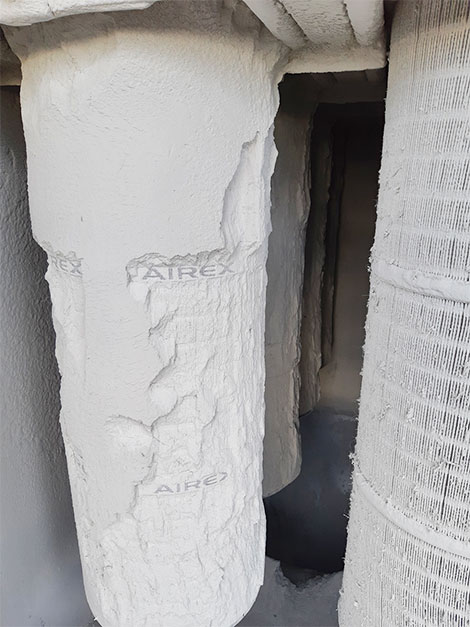
How can you turn your filters into mummies? By cutting corners on maintenance. If they aren’t changed regularly, dust builds up in them and their filtration capacity decreases. This results in an increased differential pressure and a motor that is straining at the fan. The situation can quickly take a turn for the worst, as evidenced by this photo showing a completely clogged filter.
Cement Block
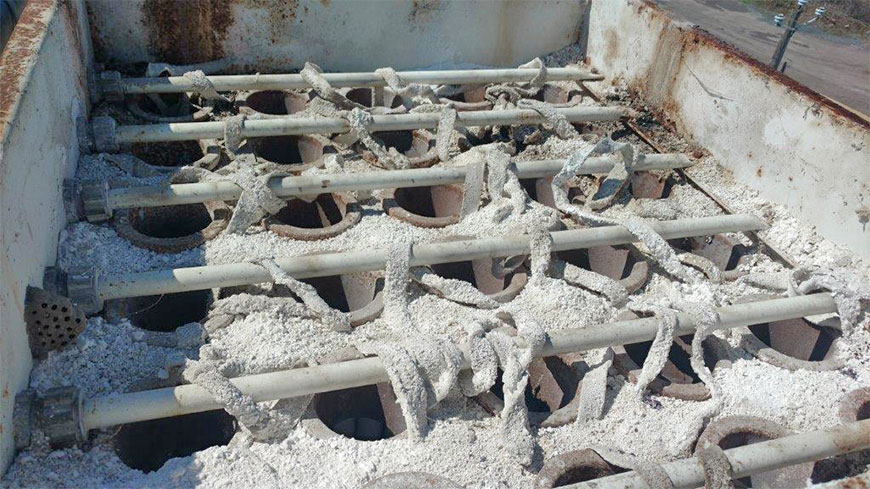
Did the first story make you shudder? You haven’t seen anything yet! This dust collector morphed into a real cement block. Opaque filters that hadn't been changed for years eventually punctured, allowing dust particles into the machine’s clean area. In the presence of humidity, they slowly coalesced and solidified, making the unit 100% useless. Everything drawn in was thrown back out right into the atmosphere.
The plant had to stop production in an emergency, no longer meeting the environmental standards. And if there was silica in the contaminated air, that dust collector probably posed a risk to nearby workers. Yet simple maintenance of the filters would have prevented this horror story and saved a lot of money.
A Dangerous Collection
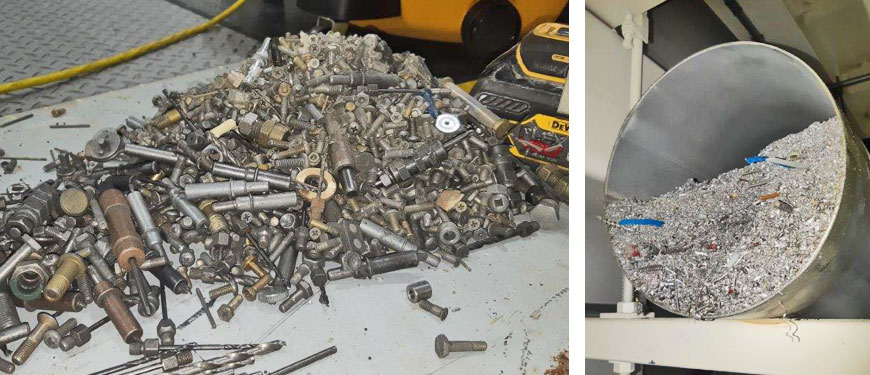
Like children who fill their bags with candy, this company amassed a pile of loot. Hardware parts, such as bolts and screws, mysteriously wound up in one of the ducts and blocked the blow back damper that protects the plant from flames during an explosion.
In this particular case, the dust collector was operating at high speed (4,500 feet per minute) due to the highly explosive nature of the aluminum dust. The perfect scenario for fireworks: a bolt rubbing on the inside walls caused sparks and boom! Because debris was keeping the back-pressure damper open, the flames reached the plant. Consequence: a health and safety inspection to understand what happened, a complete production shutdown, impact on the order book, and increased insurance costs. Fortunately, here, the damage was limited to equipment!
Strange Noises
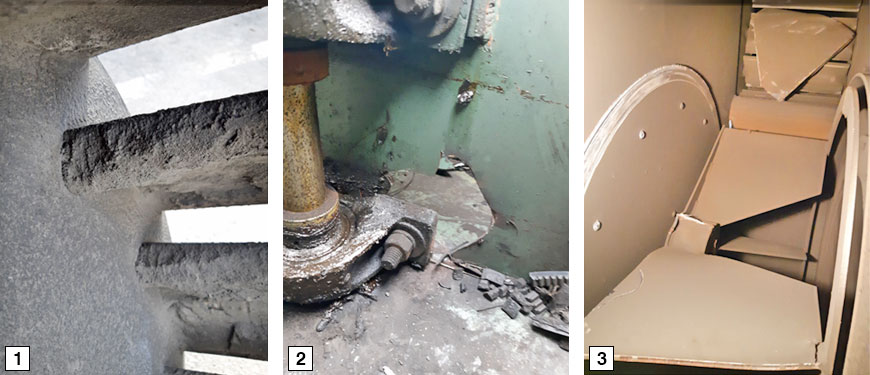
Do you pay attention to the sounds coming from your dust collector? They’re not ghosts, but the warning signs of a failure not to be taken lightly.
In some cases, these noises that are muffled at first turn into a hellish racket. This situation occurred in one machine where one of the filters was punctured. The dust got in through the crack, and since there was humidity in the air, a kind of cement layer formed on the fan blades1. Under the weight of that layer, the part became unbalanced and caused a vibration in the shaft, which eventually gave out2. In another similar case, an adjustment problem caused one of the blades to bend and eventually tear off under the pressure3.
Implosion
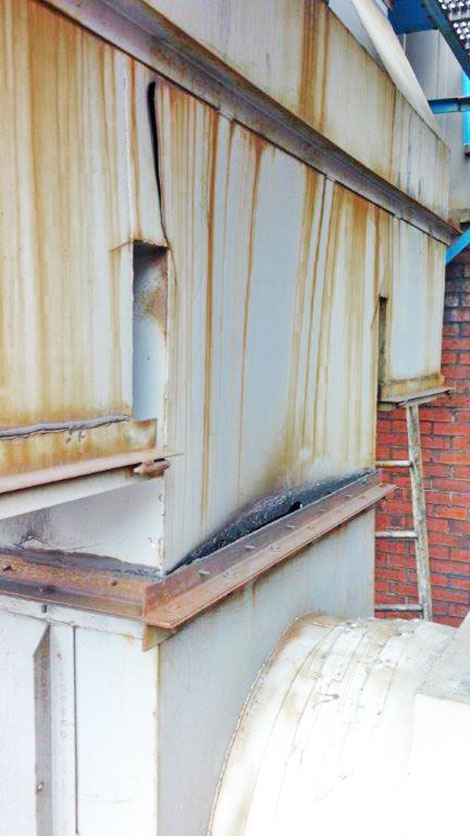
When responding to a client’s call, our experts discovered this dust collector in poor condition. What probably started as a peeling paint problem eventually turned into a nightmare. Paint, acting as a sealant, prevents the external humidity from eroding the metal. Without that protection, rust spreads and the outside air ends up getting into the dust collector. At that point, its suction capacity is nil: the dust collector draws its air from outside because there is less resistance. In this case, the machine’s negative pressure caused an implosion, which deformed its walls. Without a humidity barrier, the bags and cartridges probably got clogged and the inside also rusted.
Simply applying a sealant or paint at the first signs of peeling would have been enough to prevent this sad situation; an easy, affordable solution compared with purchasing a new unit!
Supersonic Shock
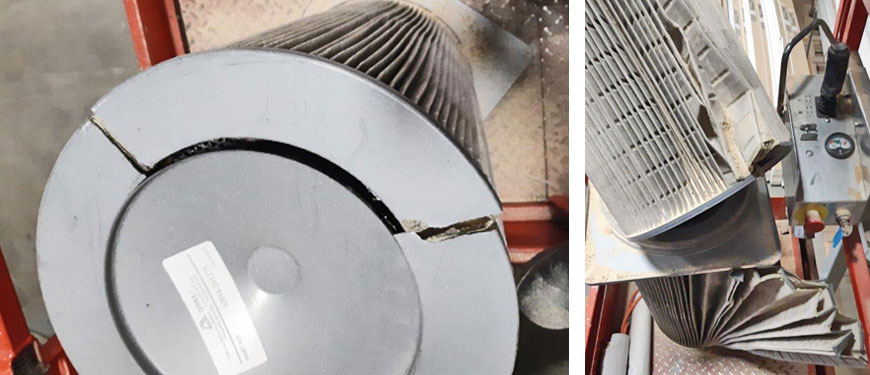
Periodically replacing the dust collector’s filters seems like an unnecessary expense to many people. Some people, with the aim of extending the filters’ lifespan, ignore the pressure reference in the air tank (between 80 and 100 psi). A higher pressure will definitely clean the filters better: it’s logical! Quite the opposite, actually; the instruction exists for an excellent reason. Pushing air towards the filters with too much force can destroy the filtering media. Here, the pressure was set at 120 psi, enough to cause a supersonic shock having the effect of a gun shot piercing the cartridges. Even the steel at the base of the filter split! In other words, it was no longer effective; the dust travelled freely towards the fan and then towards the clean area (and you know what can happen then!)
The good news is that all these horror stories can be prevented by establishing a weekly routine for checking your machine. If you detect a warning sign, such as a strange noise, rust spots or a build-up of debris, promptly call our preventive maintenance specialists.
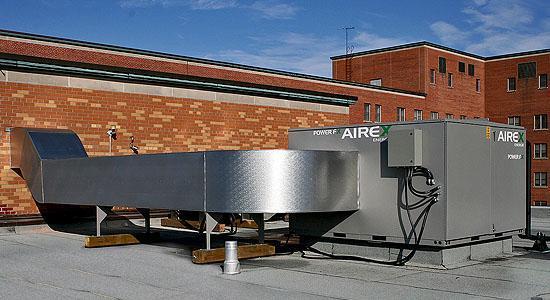
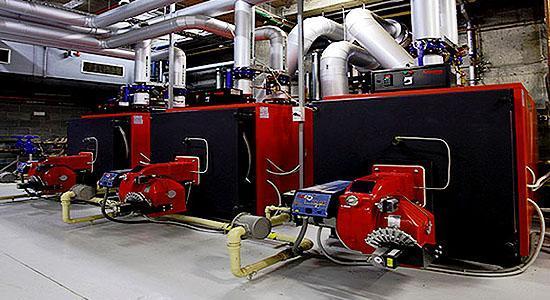
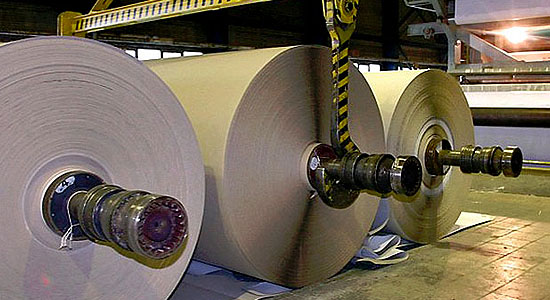
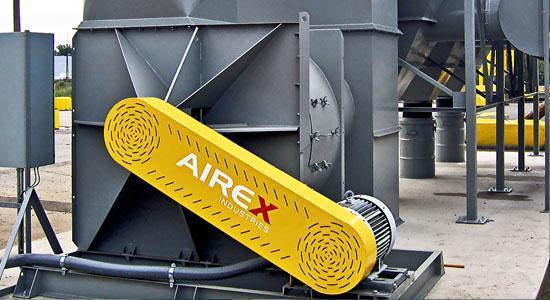
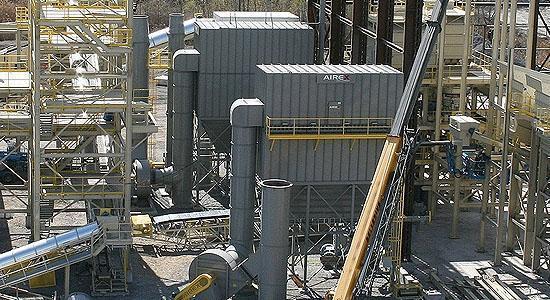

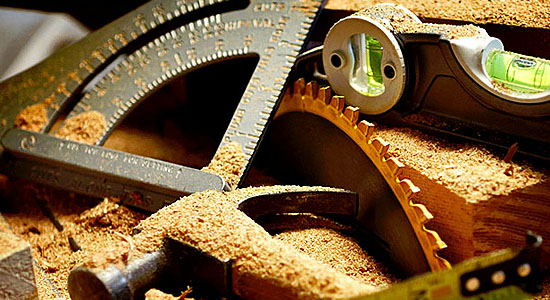
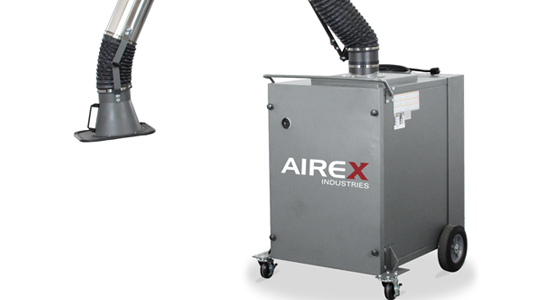
 Not sure what product fits your needs, or you looking for advice about the best solution for your problem?
Not sure what product fits your needs, or you looking for advice about the best solution for your problem?